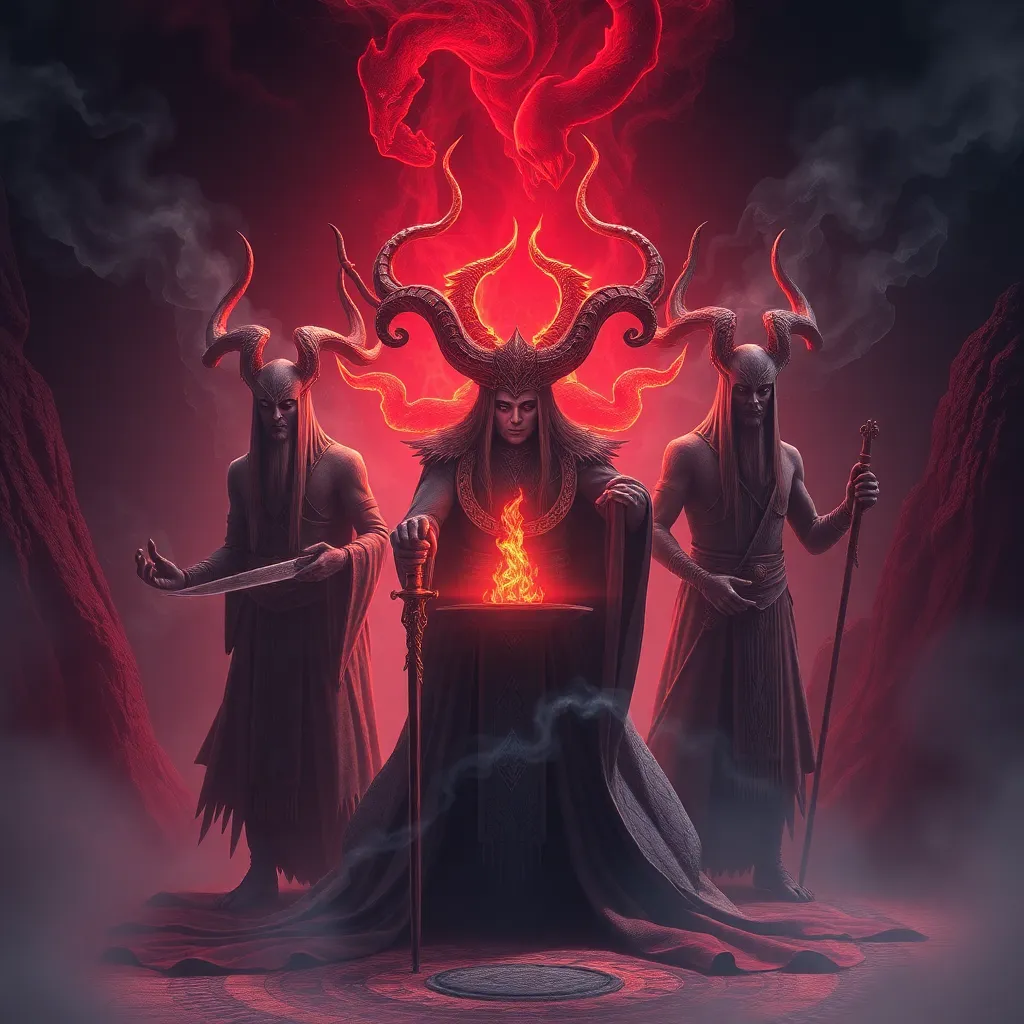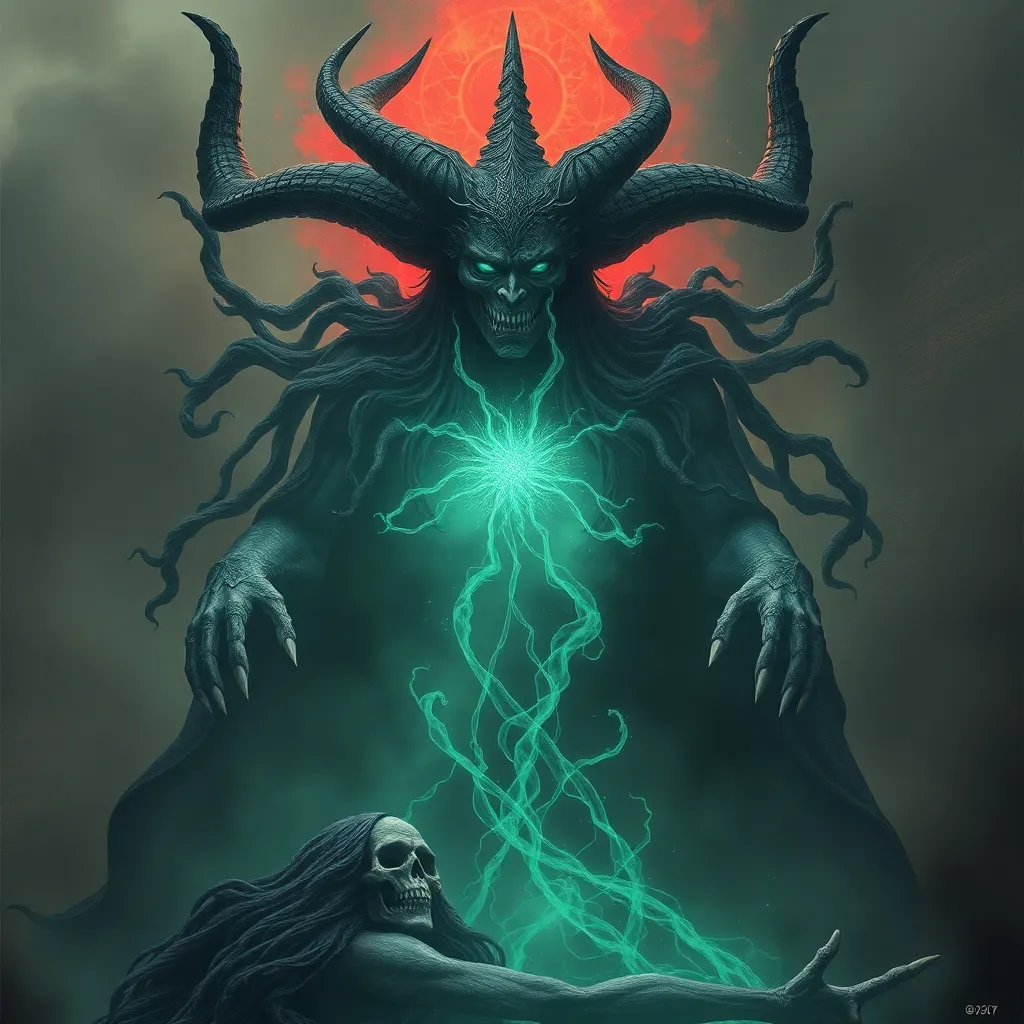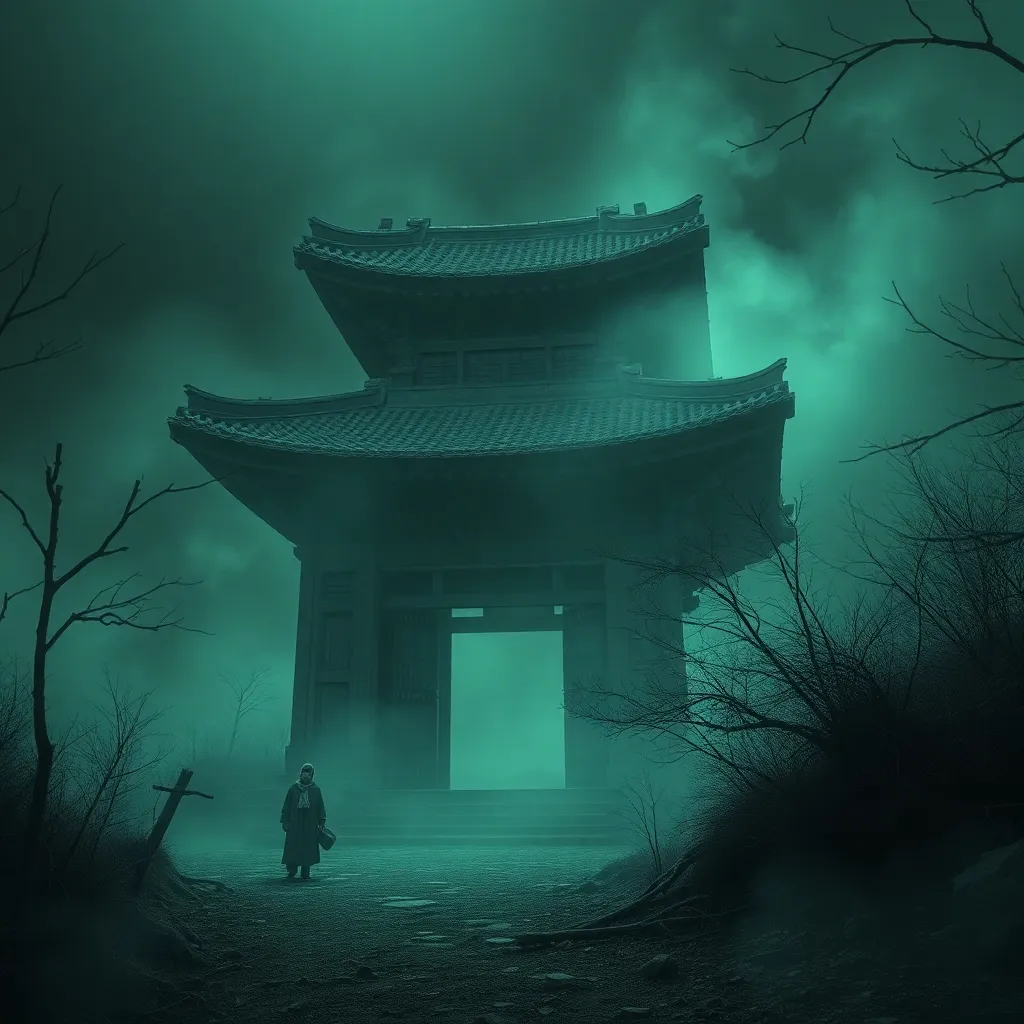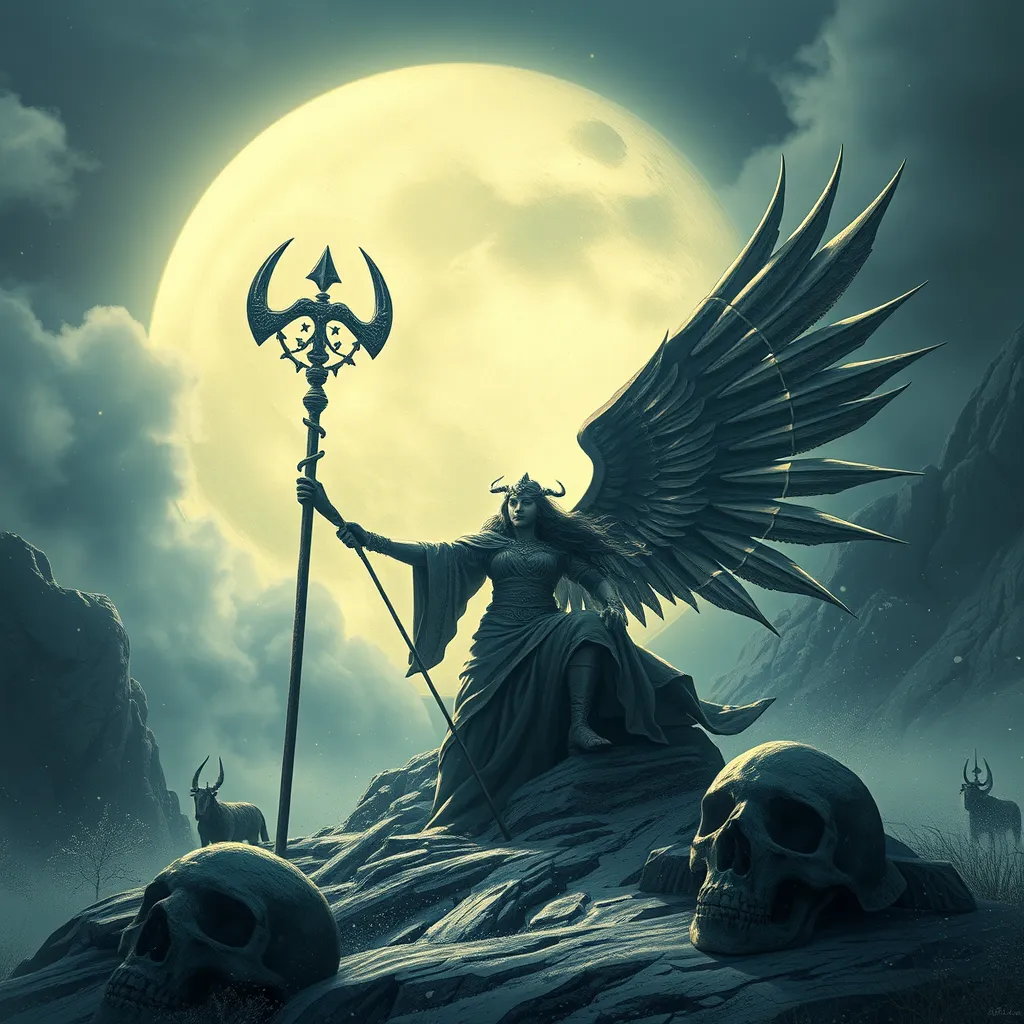The Guardians of the Netherworld: Ifrit and their Place in the Afterlife
I. Introduction
Ifrit, often depicted as a powerful and fiery entity in various mythologies, holds a significant place in the narratives surrounding the afterlife. These creatures are not merely figures of folklore; they embody deeper themes of morality, justice, and the eternal struggle between good and evil. Understanding Ifrit and their role in the afterlife provides insight into the cultural and spiritual beliefs of societies that have revered them throughout history.
This article aims to explore the origins, characteristics, and significance of Ifrit, particularly in relation to the afterlife and spiritual judgment. By delving into their historical background, cultural representations, and roles in religious texts, we can appreciate the multifaceted nature of Ifrit in mythological frameworks.
II. Historical Background of Ifrit
A. Origins in pre-Islamic Arabian folklore
The concept of Ifrit traces back to pre-Islamic Arabian mythology, where they were often seen as powerful spirits associated with fire and the desert. They were considered malevolent beings that could influence the physical world, causing chaos and destruction. Their portrayal varied widely, from being admired for their strength to being feared for their potential to wreak havoc.
B. Evolution of Ifrit in Islamic texts
With the advent of Islam, the portrayal of Ifrit evolved significantly. In Islamic literature, they are often depicted as a type of jinn, possessing both free will and the capacity for both good and evil. The Quran mentions Ifrit in the context of supernatural beings, emphasizing their immense power and abilities. This shift in representation from mere folklore to a more nuanced character is crucial to understanding their role in Islamic theology.
C. Cultural interpretations across different societies
Ifrit has transcended cultural boundaries, adapting to various interpretations across the globe. In different cultures, they are sometimes seen as guardians, protectors, or even as embodiments of the dark side of human nature. This diversity highlights the universal themes of morality, the afterlife, and the quest for understanding the unknown.
III. Characteristics of Ifrit
A. Physical and metaphysical attributes
Ifrit are often described with specific physical characteristics that set them apart from other jinn. They are usually depicted as large, imposing figures with fiery dispositions. Their metaphysical attributes include:
- Ability to shape-shift
- Control over fire and heat
- Invisibility and supernatural speed
B. Varieties of Ifrit and their specific roles
Within the broader category of Ifrit, there are several varieties, each with distinct roles and attributes. Some common types include:
- Ifrit al-Nar: The fire Ifrit, known for their destructive power.
- Ifrit al-Hawa: The wind Ifrit, associated with storms and tempests.
- Ifrit al-Ma: The water Ifrit, often linked with floods and water-related disasters.
C. Symbolism associated with Ifrit
Ifrit symbolize the duality of creation—representing both destruction and rebirth. They are often viewed as embodiments of passion, anger, and the darker aspects of human nature, challenging individuals to confront their fears and desires. This symbolism deepens their significance in narratives surrounding the afterlife, where they act as both guardians and judges of souls.
IV. The Role of Ifrit in the Afterlife
A. Ifrit as guardians of the underworld
In many mythologies, Ifrit are seen as guardians of the underworld, tasked with overseeing the passage of souls into the afterlife. Their role as gatekeepers underscores their importance in maintaining the balance between the living and the dead.
B. Their influence on the souls of the deceased
Ifrit have a profound influence on the souls of the deceased, often guiding them through the trials of the afterlife. Depending on the actions and moral choices of individuals during their lives, Ifrit may either punish or protect souls, reflecting the moral complexities of existence.
C. The balance between punishment and protection
The balance between punishment and protection is a key theme in the role of Ifrit. They serve as both enforcers of divine justice and compassionate guides, illustrating the intricate relationship between mercy and retribution in the afterlife.
V. Ifrit in Religious Texts and Literature
A. References in the Quran and Hadith
Ifrit are referenced in several passages of the Quran and Hadith, where they are often depicted as formidable beings that can either assist or oppose humans. Their portrayal in these texts emphasizes their significance in Islamic cosmology and the afterlife.
B. Depictions in classical literature and folklore
Classical literature and folklore have enriched the narrative of Ifrit, portraying them in various ways—from malevolent spirits to wise protectors. These stories have contributed to the enduring fascination with Ifrit in cultural storytelling.
C. Modern interpretations and adaptations in media
In modern times, Ifrit have found their way into films, books, and video games, often reimagined as complex characters. These adaptations serve to introduce new audiences to the rich tapestry of Ifrit mythology while exploring contemporary themes of morality and identity.
VI. Ifrit and the Concept of Judgment
A. The role of Ifrit in the judgment of souls
Ifrit are often associated with the judgment of souls, acting as intermediaries between the living and the divine. Their judgments are believed to reflect the moral choices made during a person’s life, aligning with broader themes of justice and accountability.
B. Comparison with other mythological guardians
When compared with other mythological guardians, such as Anubis in Egyptian mythology or Charon in Greek mythology, Ifrit share common themes of guiding souls and meting out justice. However, their unique characteristics and cultural significance set them apart in the narrative of the afterlife.
C. The significance of their judgment in afterlife beliefs
The judgment rendered by Ifrit carries significant weight in the beliefs surrounding the afterlife, reinforcing the idea that one’s actions have consequences beyond death. This concept serves as a moral compass for individuals, influencing their behavior during their lifetime.
VII. Cultural Representation of Ifrit
A. Artistic depictions in various cultures
Ifrit have been depicted in various forms of art, from ancient manuscripts to modern illustrations. Artists often emphasize their fiery nature and formidable presence, showcasing the awe and fear they inspire.
B. Ifrit in contemporary literature and film
In contemporary literature and film, Ifrit are often reimagined as complex characters with rich backstories, allowing for deeper exploration of their motivations and conflicts. This modern portrayal brings new layers to their mythology, appealing to audiences seeking relatable narratives.
C. The impact of globalization on the perception of Ifrit
Globalization has played a significant role in shaping the perception of Ifrit, as their stories and images cross cultural boundaries. This exchange has led to a blending of interpretations, enriching the overall understanding of Ifrit in the global context.
VIII. Conclusion
The exploration of Ifrit reveals them as multifaceted beings deeply intertwined with themes of morality, justice, and the afterlife. Their historical evolution, characteristics, and roles in various cultural narratives illustrate their significance in spiritual beliefs. As guardians of the afterlife, Ifrit serve as both protectors and judges, embodying the complex relationship between human actions and their consequences.
The enduring legacy of Ifrit in afterlife narratives reflects their impact on cultural storytelling and spiritual beliefs, prompting reflection on the nature of existence and the moral choices we make. In a world that continues to grapple with concepts of justice and accountability, the mythology of Ifrit remains a compelling topic of exploration.



